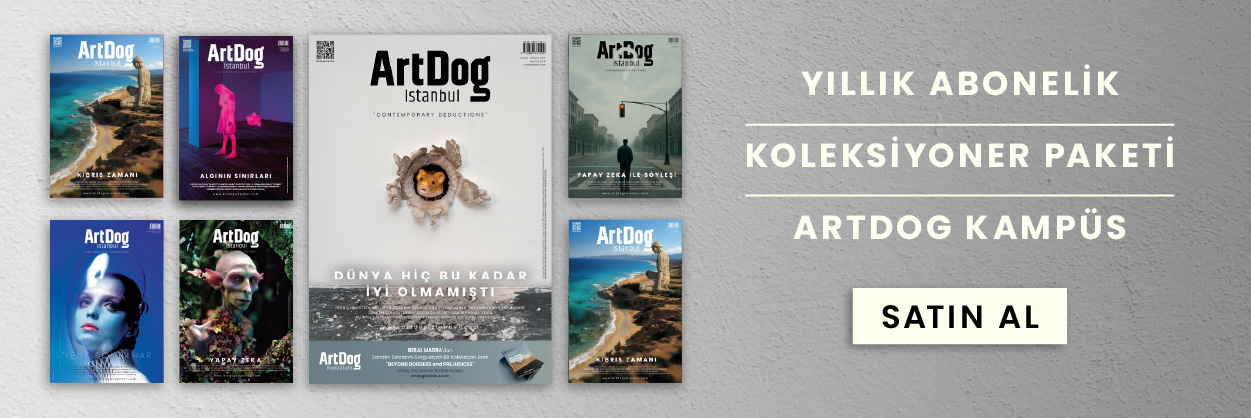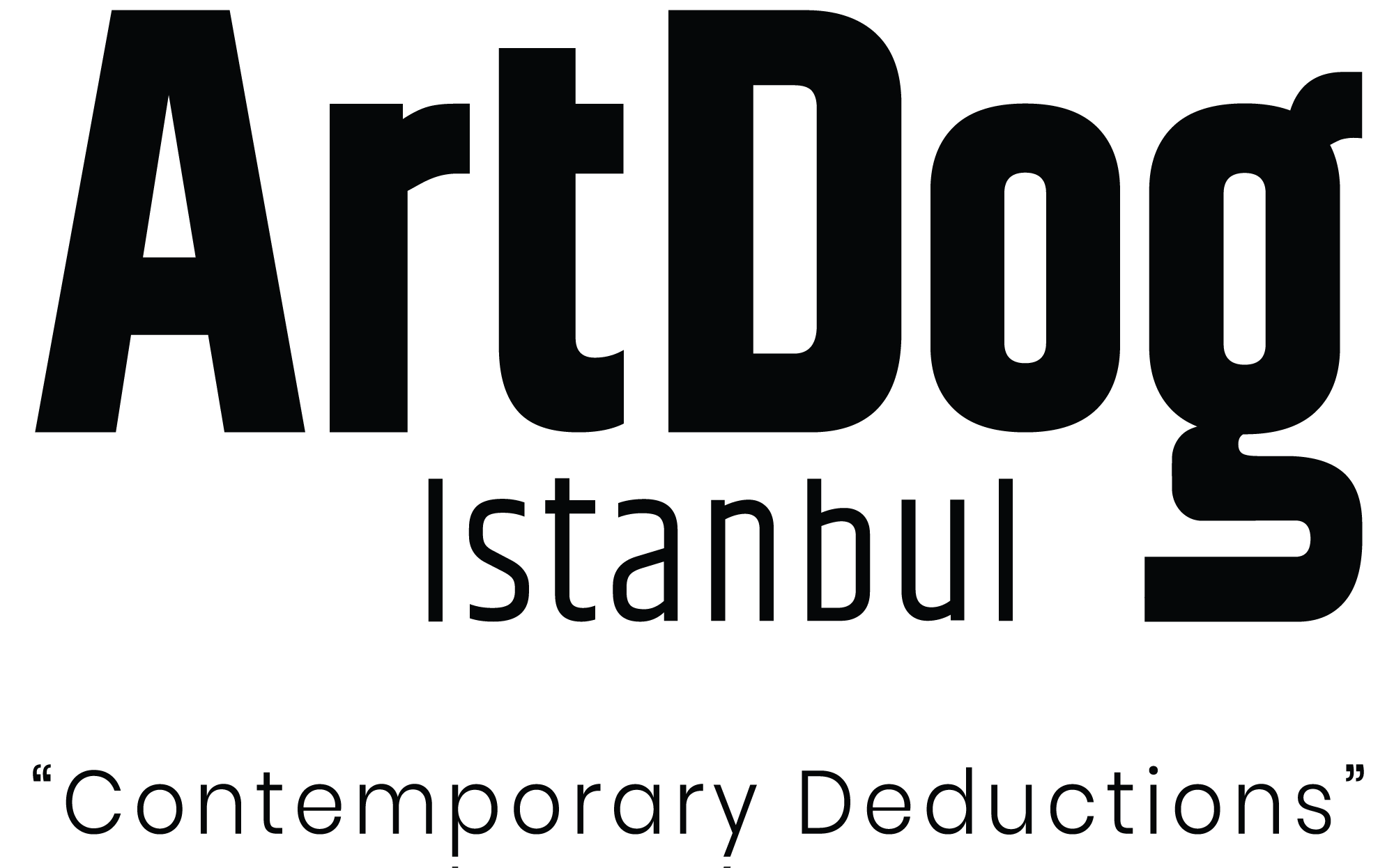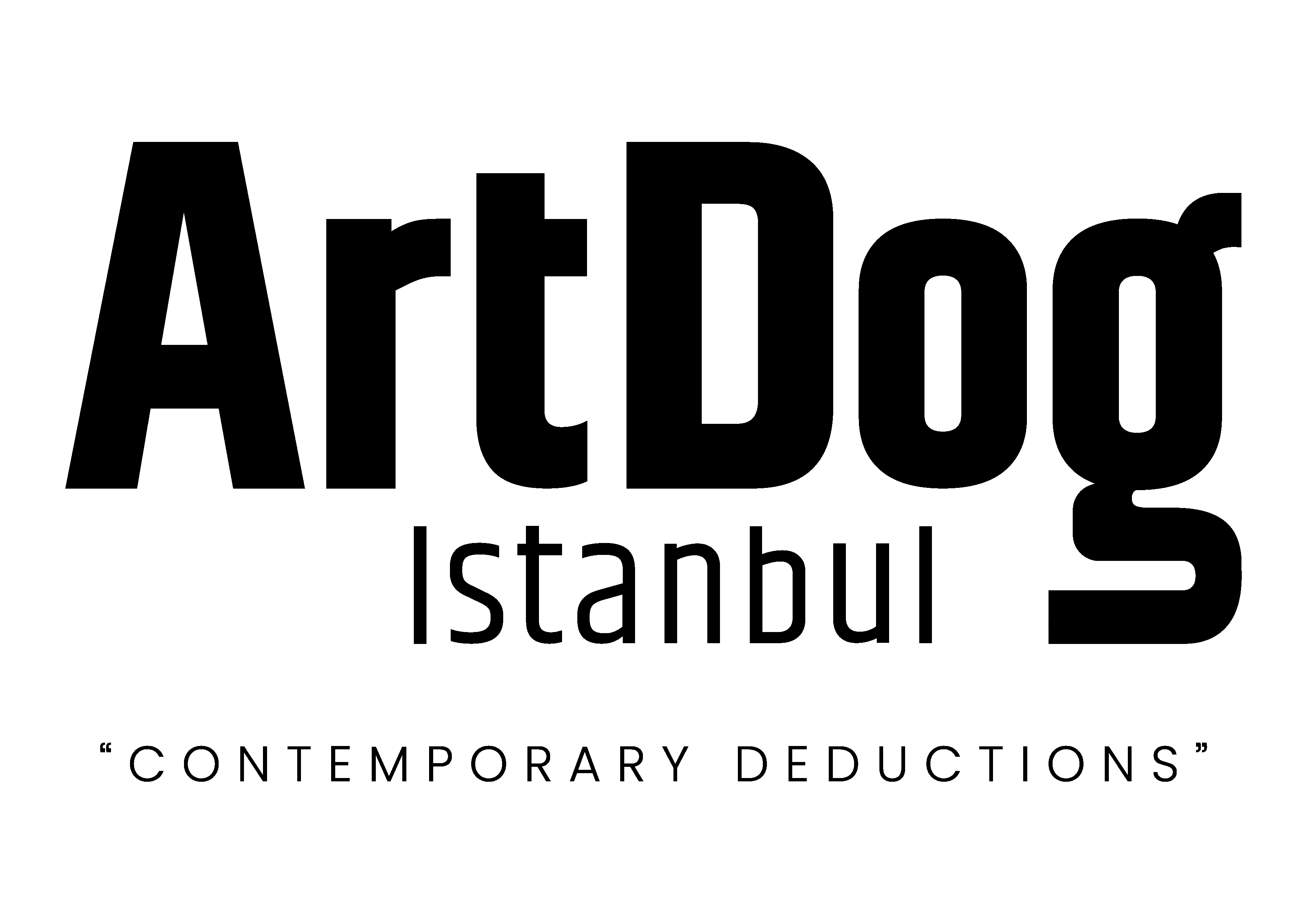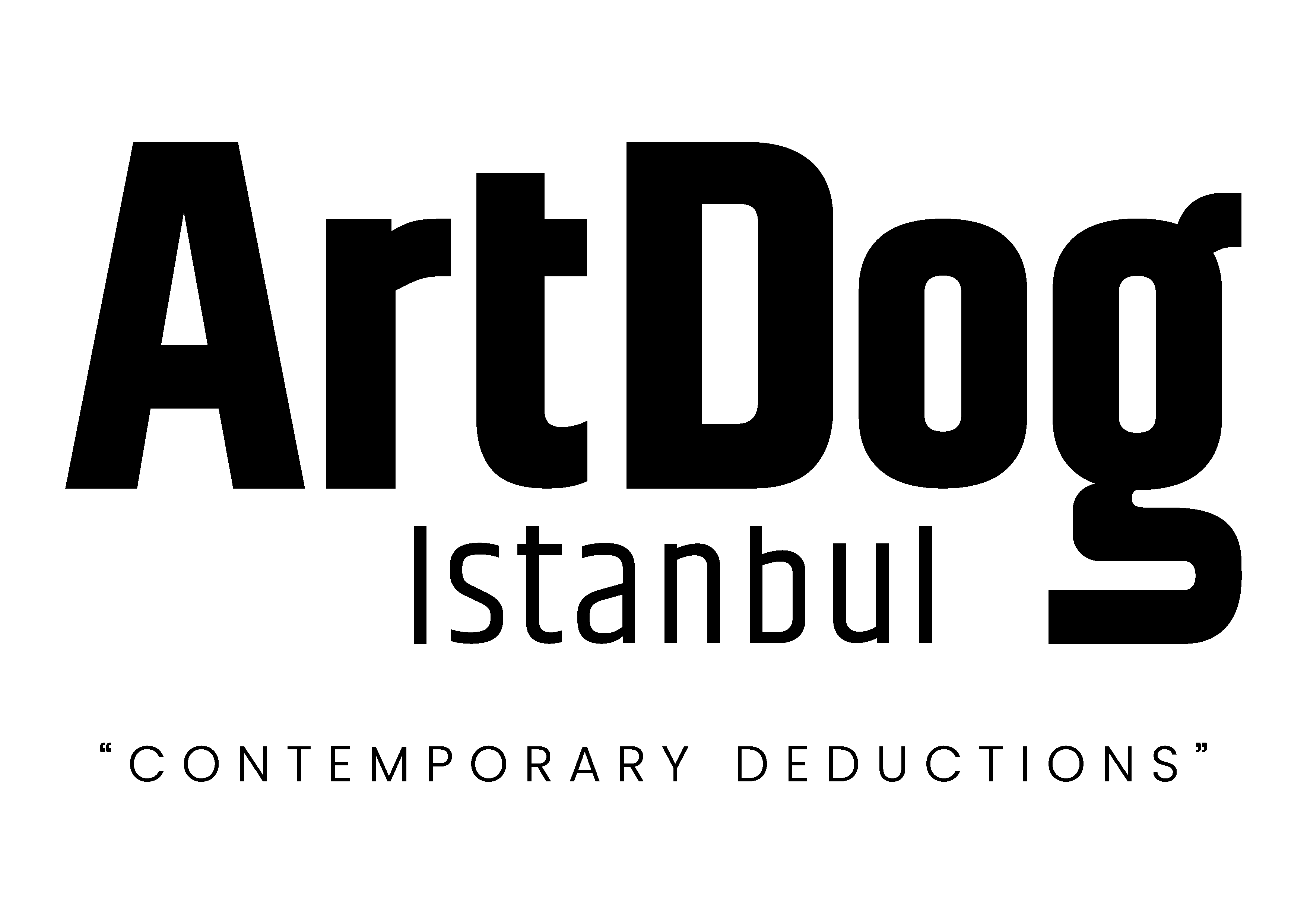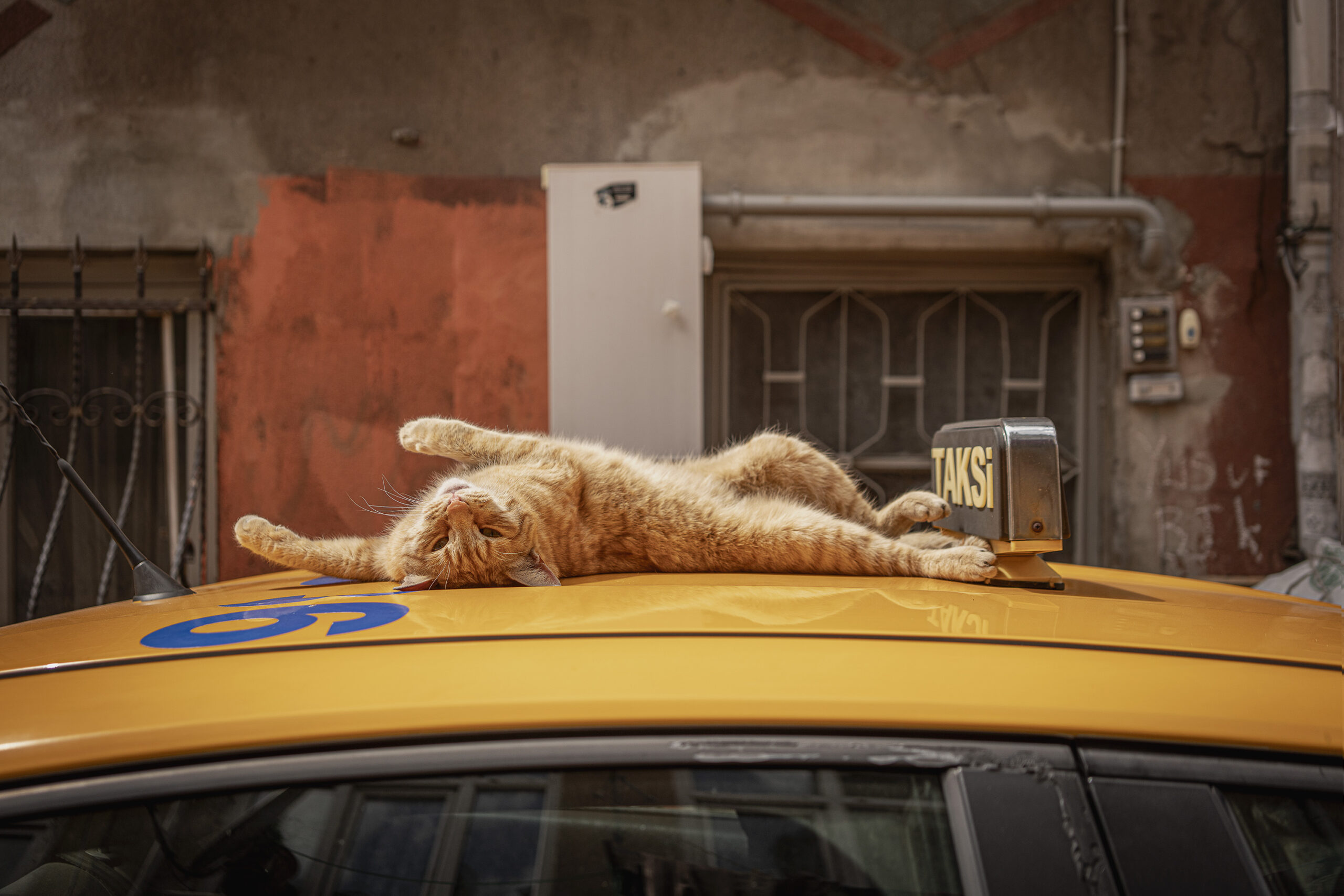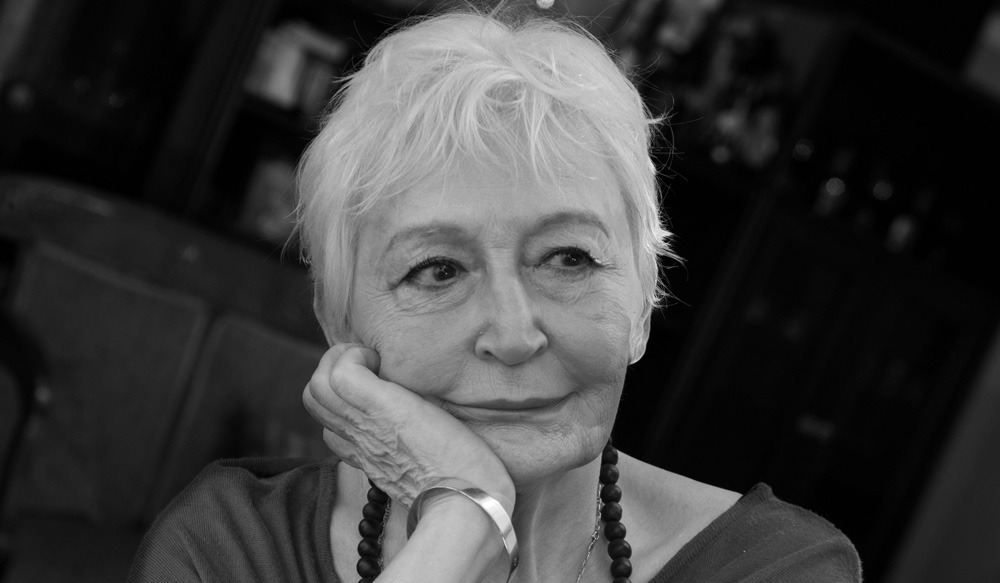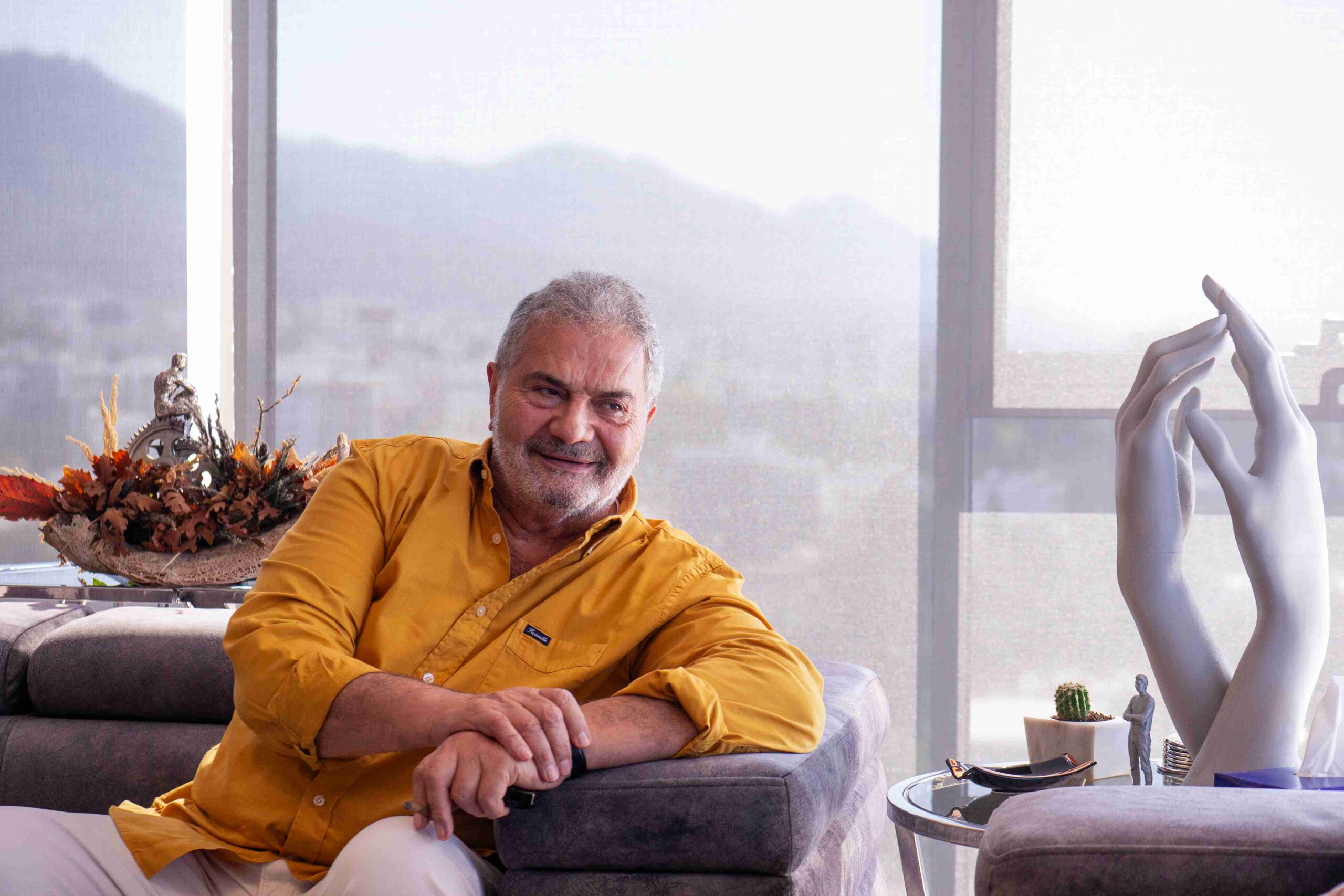City Cats of Istanbul is a city reading through the trail of cats. We followed these silent citizens with Marcel Heijnen, wandering through the streets of Istanbul. There is no other being that fits a city as well as a cat, yet no city is as famously associated with cats as Istanbul. These urban creatures, who we encounter either sunbathing in the courtyard of a mosque or napping in a tradesman’s chair, are silent but very visible witnesses of the streets. In Istanbul, cats are not just animals; they are the very embodiment of a way of life woven with memory, belonging, and unconditional love. Here, every neighborhood hosts a cat, every apartment gap turns into a home, and every bite is shared.
One of the most inspiring spaces for this multilayered connection today is the Cat Museum Istanbul located in Galata. This independent initiative, which approaches street cats not only with love but also through a sustainable support model, offers both an art space and an example of social solidarity. Now, this museum is hosting the new book City Cats of Istanbul by Dutch photographer Marcel Heijnen. Through this exhibition, this special encounter presents a tribute to the unique relationship with Istanbul’s cats while offering a new perspective.
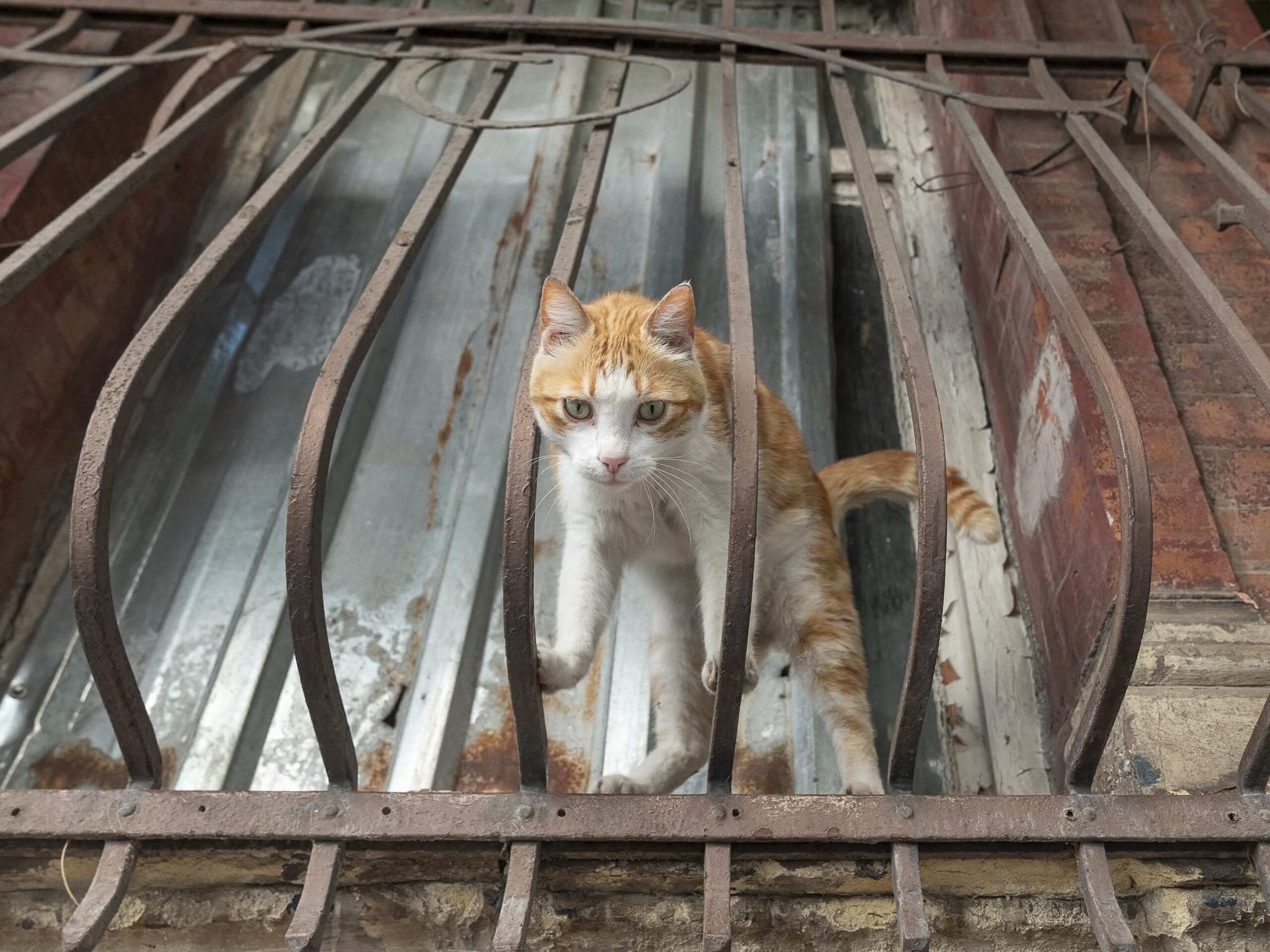
Heijnen had previously attracted attention with his books Shop Cats of Hong Kong and Shop Cats of China, where he documented the everyday partnership between cats and humans in Asian cities. Now, he tells the story of Istanbul’s unique rhythm and its life intertwined with cats through photographs. These photographs not only capture the animals but also the streets they inhabit, the stones they sit on, the people they coexist with, and the invisible, delicate bonds that are established among all of these. Another element that strengthens the poetic tone of the book are the haikus written by Ian Row. This delicate union of visual and verbal storytelling allows us to come closer to the essence of both the cats and the city.
As Marcel puts it, Istanbul’s cats are “neither domestic nor stray, they are hybrid citizens.” They belong to neither one nor are they alone. These animals, existing through the collective affection of the society, are not only the residents of the city but also its narrators.
In an interview with Marcel, you will find an in-depth look into both the streets of Istanbul and the ways in which the cats transform the city. This perspective goes beyond just being fond of cats and attempts to understand the soul of a city through its cats.
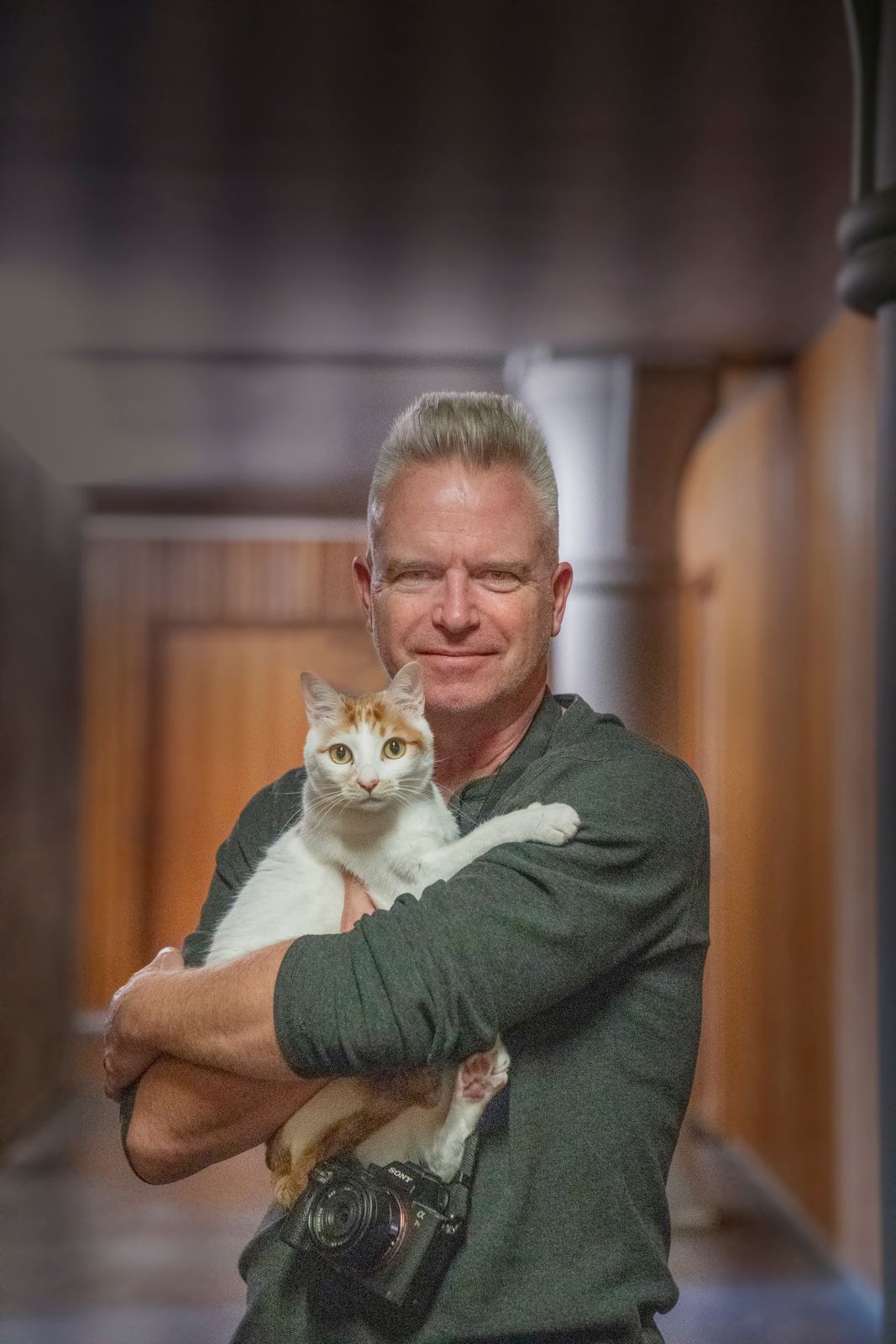
Your photographs tell not only of cats but also neighborhoods, textures, and time. What impacted you the most during your first walk with your camera on the streets of Istanbul?
First of all, I must say: Istanbul is truly an amazing city. Its architecture, people, sea, food… But what struck me the most was the fact that cats are almost everywhere. Of course, I had watched the Kedi documentary and followed some social media accounts in Istanbul, so I somewhat expected this. Still, seeing the way the presence of cats is so integrated into city life with my own eyes was a whole different experience. It’s almost impossible to walk for more than three minutes in Istanbul without encountering a cat. Most of the time, you meet not just one, but two or even ten cats.
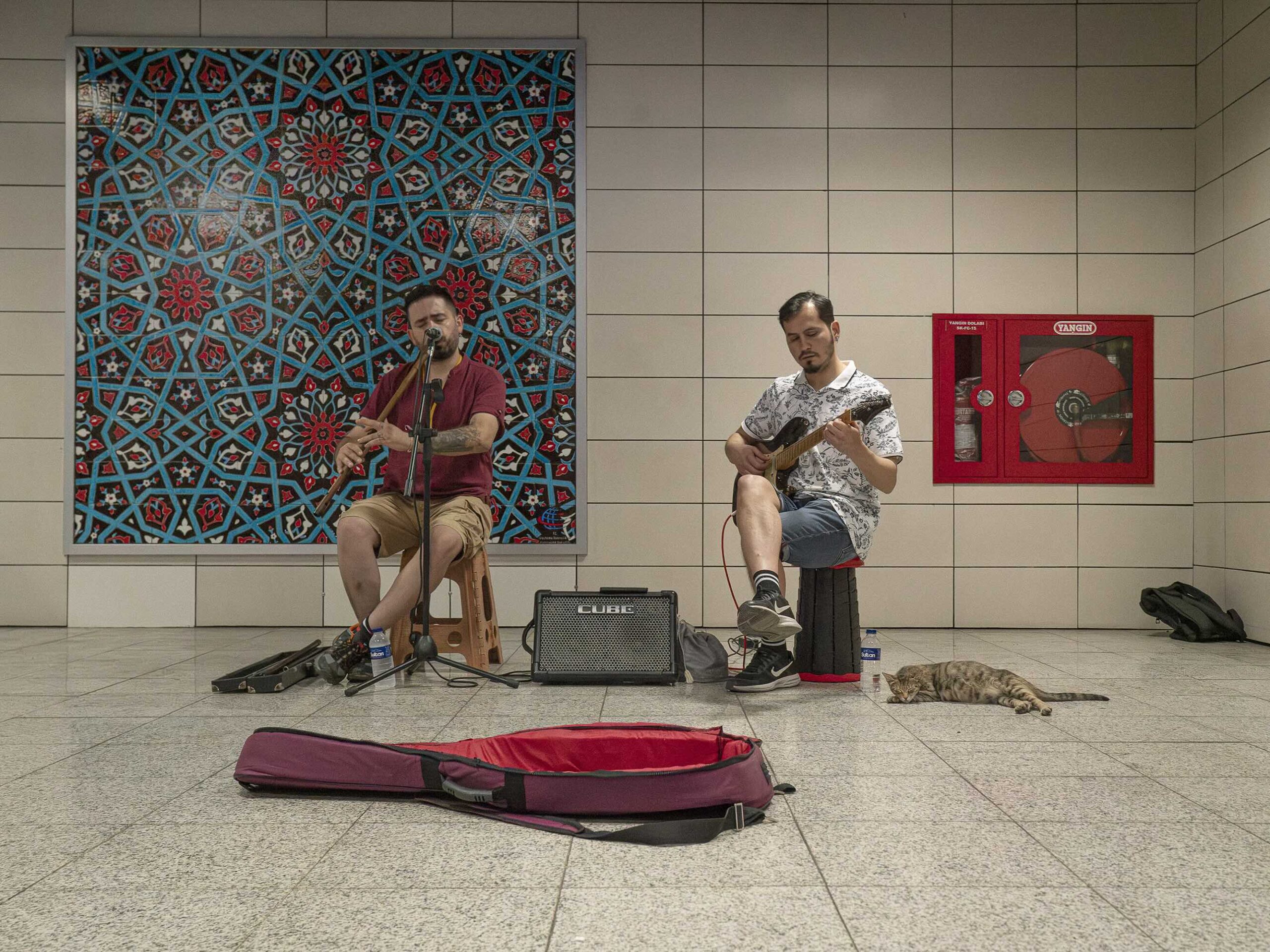
How do you think the relationship between people and street cats in Istanbul differs from cities like Hong Kong or China?
In China, cats in public spaces usually live inside shops. This is why the idea for the Shop Cats of Hong Kong and Shop Cats of China books came about. The cats there are kept specifically by shop owners, and some even believe that the cats “choose” the shop owners! They are usually kept to ward off mice or rats. These cats are typically found in certain types of shops, like those selling dry food or traditional medicine, and are only seen in the older parts of the cities. In Istanbul, the situation is quite different; cats are found on the streets, in cafes, and even in a dentist’s office. They are truly everywhere.
You see cats as “hybrid citizens”, neither domestic nor stray, which is a very striking approach. How did this idea shape the visual narrative of the book?
The cats in Istanbul are adopted by society, but none of them individually belong to anyone. Yet, people show them affection as if they were their own pets. I wanted to make this connection visible. I tried to capture small moments of intimacy and affection. A fisherman or a döner master sharing his food with a cat, a baker sitting with a cat during a tea break… These moments told me a lot.
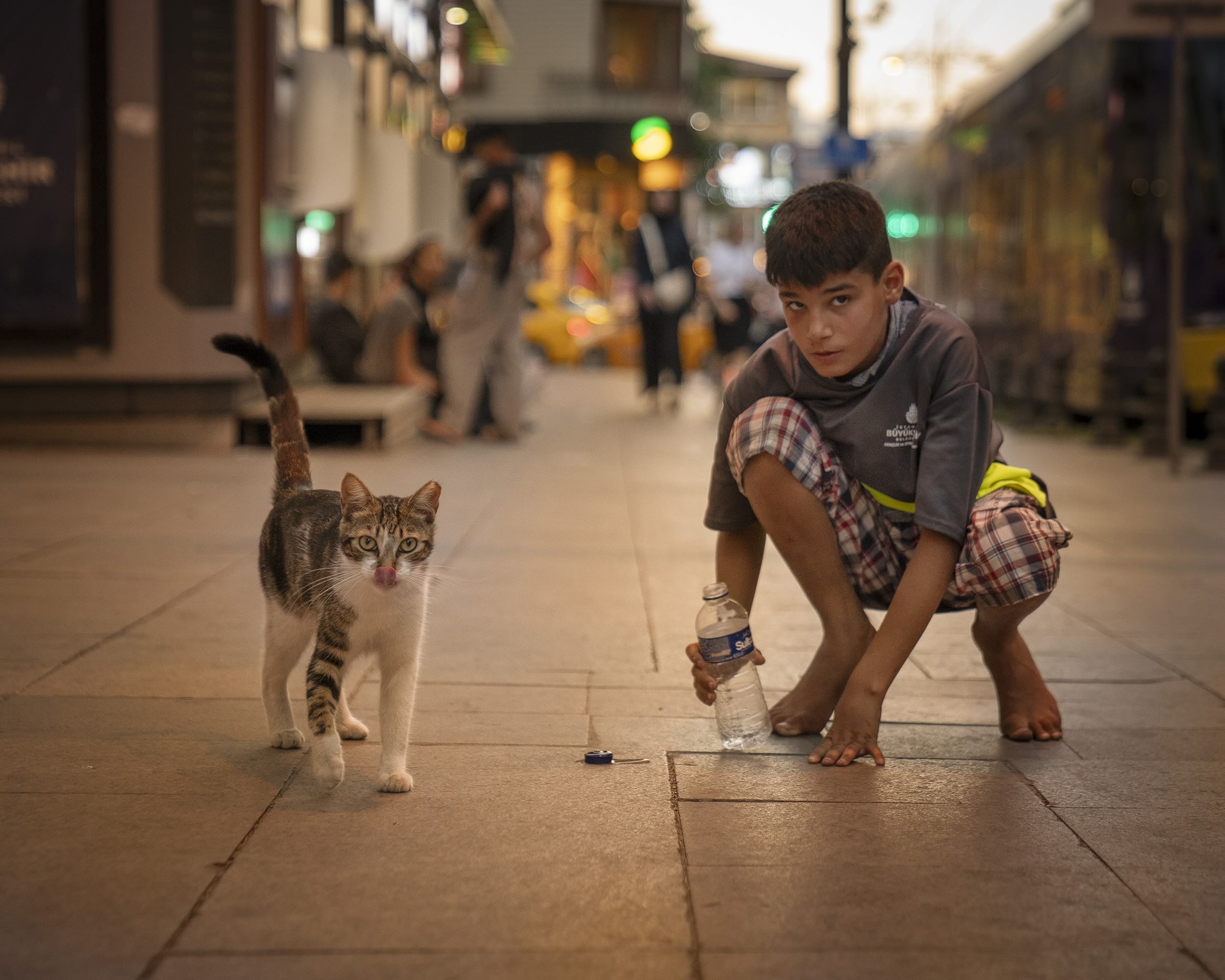
The haikus and photos in the book create a poetic dialogue. How did your collaboration with Ian Row influence the emotional tone of the project?
Ian has a clever and humorous perspective on the inner world of cats. He had written the haikus in my previous two books as well, and we have been working together for a long time. I think the haikus have a great impact on the experience of the book. Generally, the viewer first looks at the photo, then reads the haiku, and then returns to the photo. In this second look, they may catch a feeling or detail they missed the first time. Haiku is also an ideal format for presenting information: A full story would be too long in text, and a title would be insufficient and limiting. Haiku provides just the right depth.
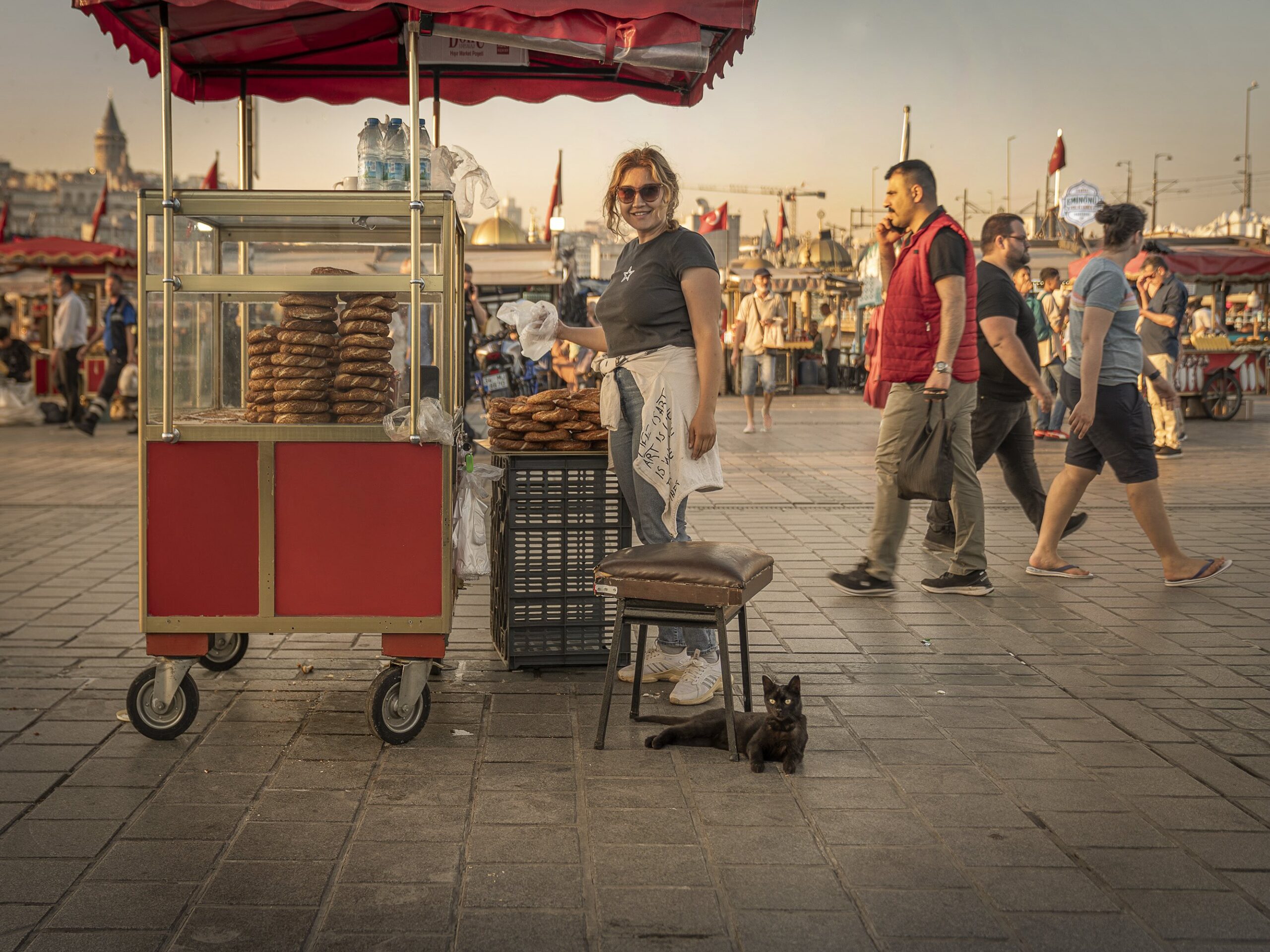
Ancient stones, modern cafes, and curious cats… Your work shows these elements in a silent dialogue. What has photographing cats, especially in a city like Istanbul, taught you about city life?
We usually think of cities as spaces built for people. Sometimes with a pet, sometimes with a zoo accompanying us. But the way cats live so closely with the city in Istanbul tells a different story. Especially in this city, there is constant interaction between people and cats. Cats invite us to stop and live in the moment—whether it is short or temporary, these moments are truly beautiful moments. It’s like being honored by the presence of a cat…
The launch and exhibition of City Cats of Istanbul will take place on September 20, 2025, at 6:00 PM at Cat Museum Istanbul, with Marcel Heijnen’s participation and a book signing event.

